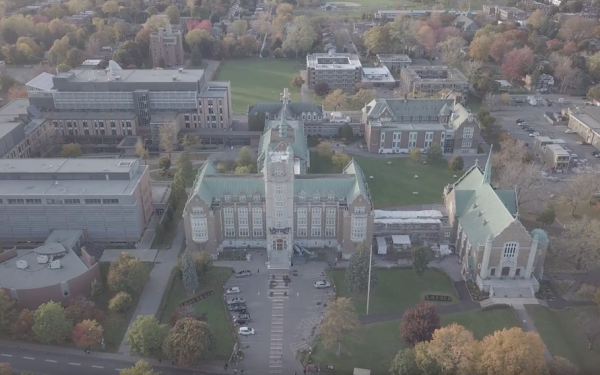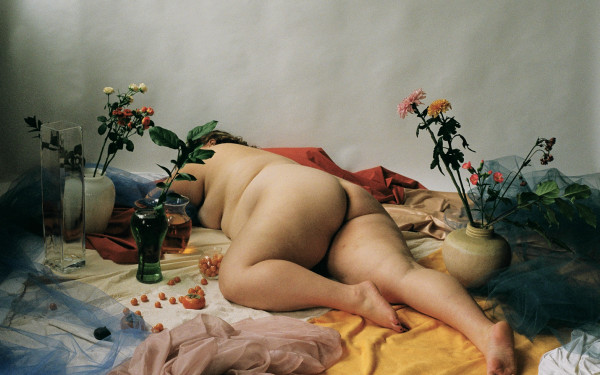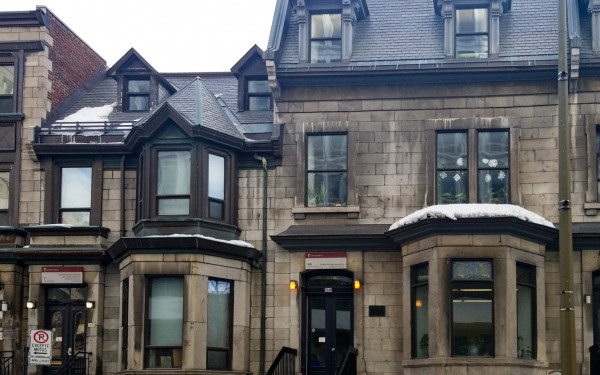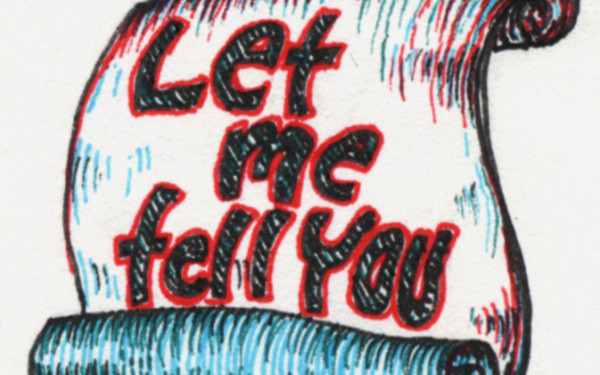Hundreds of Montrealers protest for the right to dance
A massive dance party broke out over frustrations that Quebec still won’t allow patrons to dance at clubs and bars
Hundreds of Montrealers flooded the area around the Sir George Etienne monument on Mount Royal on Oct. 23 to express their frustration over clubs and bars not allowing patrons to dance due to COVID-19 health restrictions.
“Everyone feels restricted,” said Zack Cola, a DJ performing at the Unity float. Unity is a popular gay nightclub in Downtown Montreal. “As a DJ, my job is to make people dance. It’s been long enough. The Bell Centre was at full capacity last night but the club down the street can’t have dancing. We feel demonized,” he said.
The protest was organized by Stereo Montreal, a popular nightclub. It was supposed to be a march as well, but the SPVM wouldn’t allow them to drive with a DJ on board. There were floats with huge speakers, a turntable, and DJs representing different dance clubs in Quebec. It felt like a community had been reunited after almost two years of being apart. People were hugging, dancing, and smiling from ear to ear.
“I’ve played at Unity a few times. I don’t have a residency but in this industry we are all family and you can see that today. We’ve all come together,” Cola added.
“We want to open clubs so we can dance this winter. For a lot of people in this city it is like weekend therapy,” said Jannik “Beathead,” a DJ performing at the OMNIA float. OMNIA is a psytrance festival held in Kazabazua, Quebec. “We would have liked to walk as a parade and bring our message to the rest of downtown but this has been a success because so many people showed up and got involved,” he said.
At approximately 6 p.m., the different floats shut off their music and the protestors slowly dispersed as the sun went down. The SPVM only agreed to allow the protest to take place if the music was shut down by 6 p.m. despite it being advertised to end by 8 p.m. Ultimately, the protestors accomplished what they set out to do by reuniting the dance community and showing the provincial government that they can’t stop them from dancing and supporting each other.

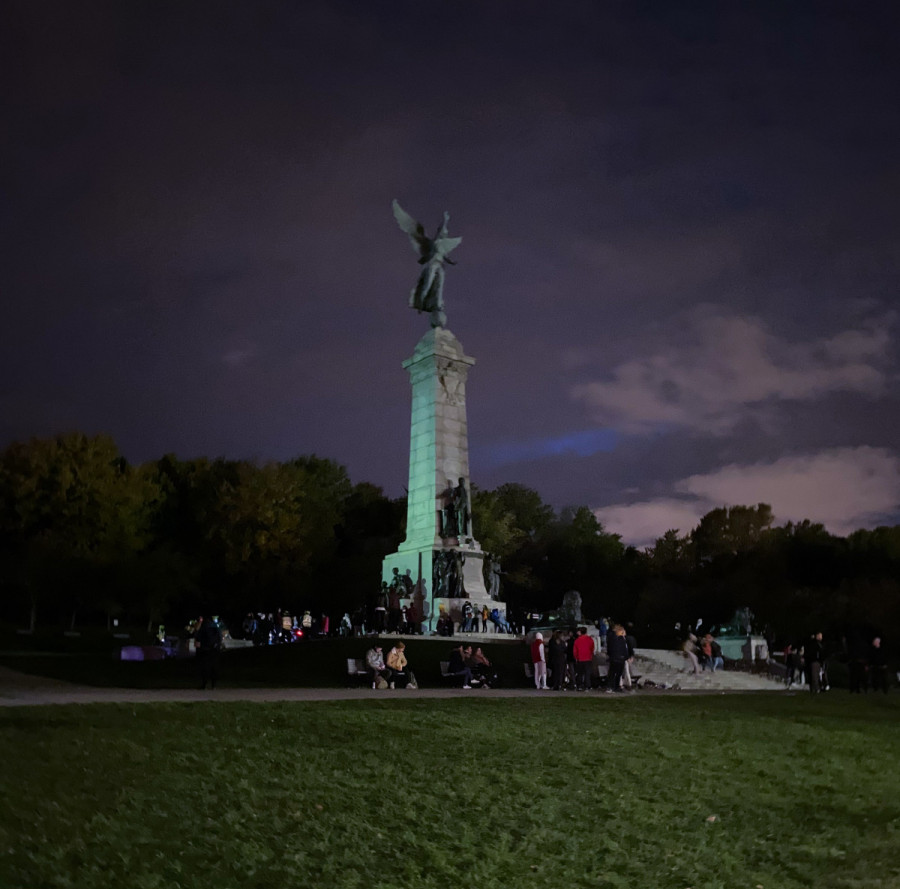
_600_832_s.png)

